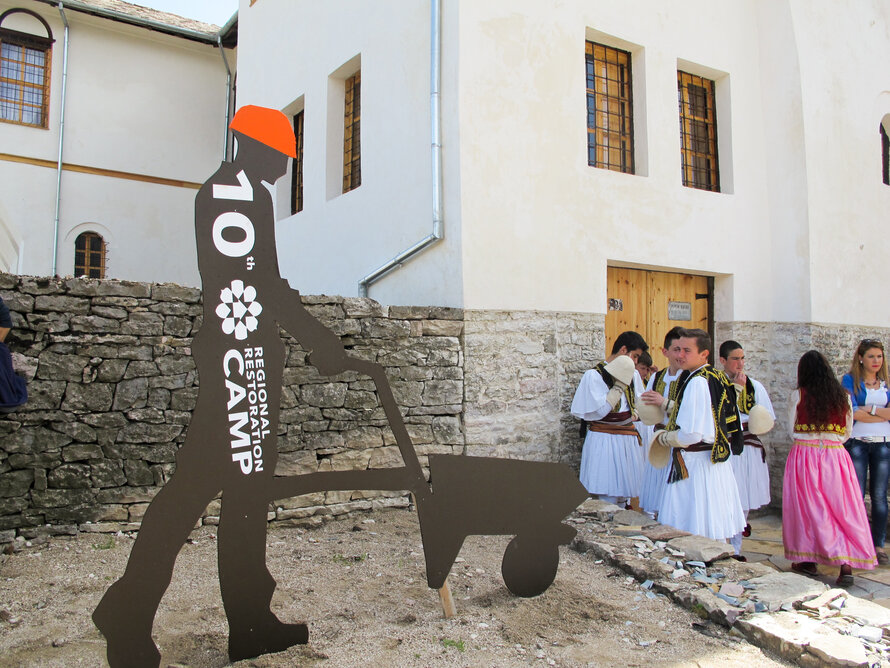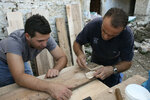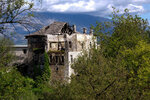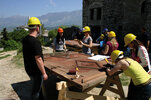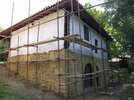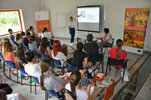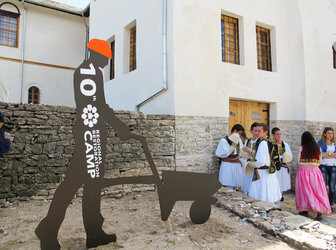Cultural Heritage without Borders (CHwB) Regional Restoration Camps
CHwB (Cultural Heritage without Borders) Regional Restoration Camps are part of a Balkans-wide push to encourage people to value and care for their local heritage. They represent a simple and successful training model which has grown, over the past seven years, from a few ...
Read more
Project details
Description:
CHwB (Cultural Heritage without Borders) Regional Restoration Camps are part of a Balkans-wide push to encourage people to value and care for their local heritage. They represent a simple and successful training model which has grown, over the past seven years, from a few students in Albania to multiple sessions in four countries (Albania, Bosnia and Herzegovina, Kosovo and Serbia) with participants from a further eighteen countries. The aims are to use cultural heritage to build relations among young professionals, creating conditions for reconciliation as a prerequisite for peace and democracy, as well as to preserve traditional crafts and techniques. Over the course of two weeks, participants follow a rigorous but fulfilling schedule, combining theory - through lectures and presentations from conservators and academics - with hands-on restoration work on historic monuments. Each such intervention directly helps local residents by repairing their valuable buildings with the use of traditional materials and techniques and providing new ways of understanding and revitalizing them: substantial benefits to both community and the environment.
